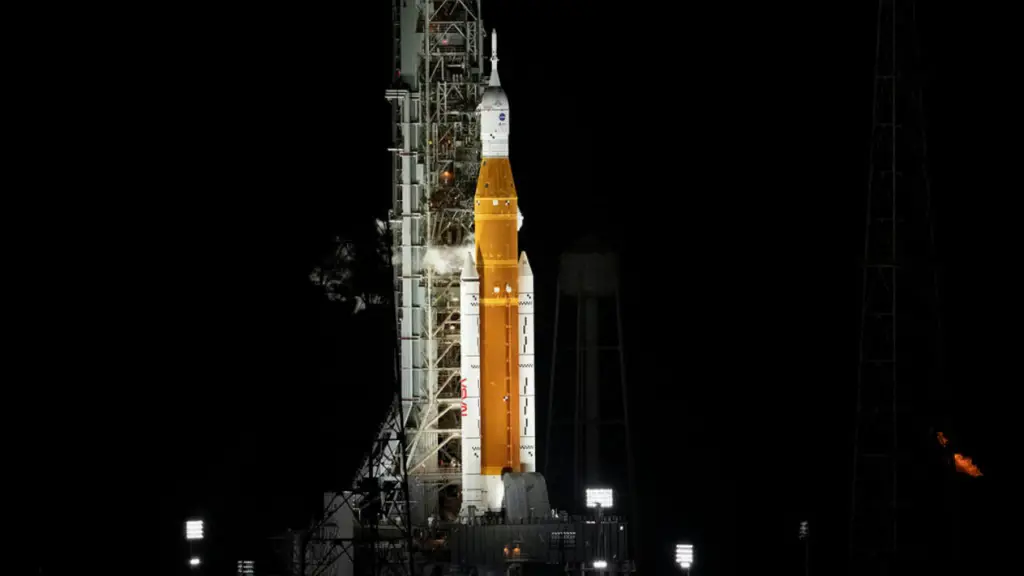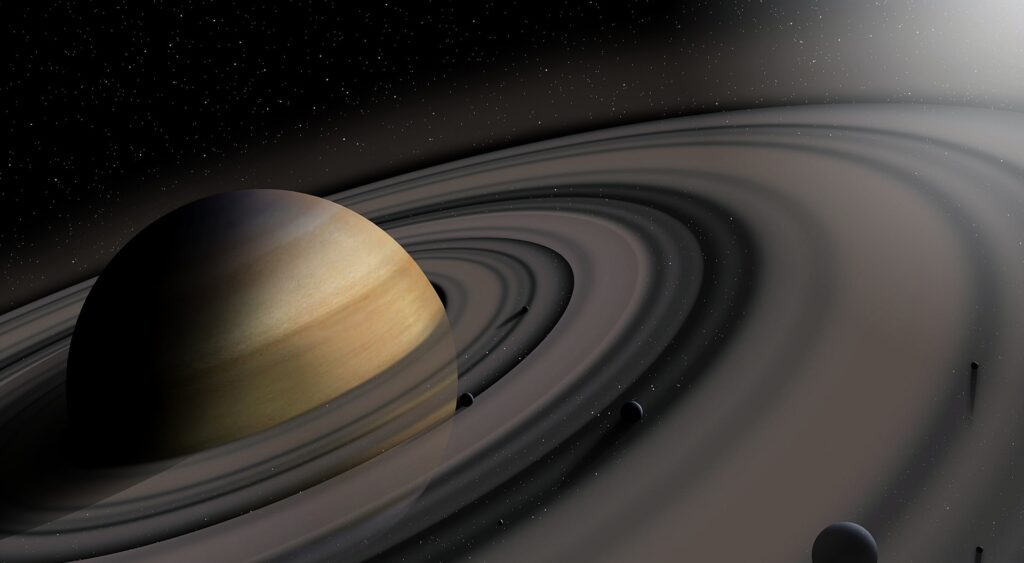As NASA is approaching the first crewed mission to the moon under its Artemis space program, the space agency is exploring different ideas to make the lunar surface sustaining and habitable for the human crew. The American space agency is recently exploring the idea of building an oxygen pipeline to transport oxygen to several spots across the lunar south pole to make its future Artemis missions successful. Why is NASA considering embarking on this futuristic project? Continue reading to find out.
Why NASA is considering building an oxygen pipeline in the lunar south pole
After the last set of Apollo astronauts left the lunar surface in 1972, no human has ever set foot on the lunar surface again. However, NASA is preparing a historic return to the moon starting with its Artemis 3 crewed landing on the moon in 2025. This mission will be followed shortly by the Artemis 4 mission. After the fourth Artemis mission to the moon, NASA is planning to establish a permanent human presence on the moon.
If the space agency will succeed with its plans on the moon, they need to figure out how to provide the crew with basic needs such as shelter, abundant oxygen, water, and many others. Since the moon does not have oxygen in the form that humans can breathe, NASA has to figure out how to transport oxygen from where it is generated on the moon to the crew’s habitats.
The American space agency is already looking at the idea of transporting oxygen to the moon using its rovers. However, Peter Curreri, who is the Chief Science Officer at Lunar Resources Inc. pointed out several problems associated with NASA’s already existing plans for transporting oxygen around the moon.
The space agency is considering Curreri’s idea after he filed a proposal to NASA’s Innovative Advanced Concepts (NIAC) program. Among all the participants of this program, Curreri was one of the 14 research teams that received $175,000 awards in funding to expand their studies and develop their concepts.
How NASA Lunar Pipeline Concept will make life much simpler for Artemis Astronauts Exploring the moon in the future
After Curreri proposed his concept, NASA developed a special interest in the possibility of bringing such a unique idea into a reality in the future. The proposed NASA lunar pipeline was officially named the Lunar South Pole Oxygen Pipeline (LSPOP). The primary goal of this project is to link NASA’s lunar ice extraction hub to the lunar south pole. The connection will be beneficial to future astronauts exploring the moon.
Because of the massive presence of ice and other meaningful resources beneath the moon’s surface at the south pole, NASA, China, and Russia all have a great interest in this region. However, the space agencies may collaboratively develop the lunar south pole in the future. The abundance of subsurface ice on the south pole is helping NASA to plan for its future crewed mission to the lunar surface.
In fact, NASA is working towards extracting this ice and converting it into drinking water and oxygen when it finally establishes a permanent human presence on the lunar surface. The oxygen extracted from the lunar south pole region can be used for breathing and also serving as rocket fuel. With Curreri’s idea, NASA will likely transport the extracted water and oxygen from the south pole region to different locations across the lunar surface.
“Currently funded efforts for in-situ oxygen extraction consist of bottling the oxygen in compressed gas tanks or liquefying and storing it in dewars.” Currier wrote in the latest NASA update. “Either approach requires trucking tanks or dewars to various facilities for use. The process of moving this oxygen on rovers is more energy intensive than the extraction process and is thought to be the MOST expensive aspect in obtaining in-situ oxygen for use on the Moon considering the long distances a resource extraction area will be from a human habitat or liquefication plant.”
As NASA is working towards transporting cryogenically stored ice in pressure vessels aboard the lunar rovers, they may likely begin to reconsider deploying Currier’s lunar pipeline concept to achieve great success. NASA initially planned to transport the ice to a region closer to the moon’s equator since its lunar habitats will need enough sunlight in that region to sustain humans.
This previous method will actually cost NASA a fortune. However, Curreri’s idea is meant to give lunar colonists access to lunar colonists and reduce the cost of transporting oxygen across.
How Will NASA Build this pipeline on the moon?
Despite the challenges associated with building an infrastructure on the moon, Curreri is still confident that NASA will surely bring his ideas to reality sometime in the future. Curreri describes how he thinks the infrastructure will be built on the moon.
“Our starting concept is for a 5 km pipeline to transport oxygen gas from an oxygen production source, for example, our molten regolith electrolysis (MRE) extraction site or any other source, to an oxygen storage/liquefication plant near a lunar base,” Curreri wrote, explaining his concept.
This implies that the lunar resources will test different lunar pipeline prototypes to come up with the best. As NASA has selected Curreri’s concept for further analysis and research, we should be expecting a promising future of Artemis Astronauts exploring the lunar surface.
If after the research and NASA select the LSPOP for its future Artemis mission, we should be expecting the American Space Agency to commence manufacturing the pipeline in segments on the moon. Scientists think that aluminum is the best material to use in manufacturing the pipeline for this purpose.
Conclusion
Scientists are coming up with different concepts to make life easier for astronauts in deep space in the future. The idea of using pipelines to transfer oxygen to different locations on the moon will actually be beneficial to astronauts in the future. What do you think about this futuristic idea?




